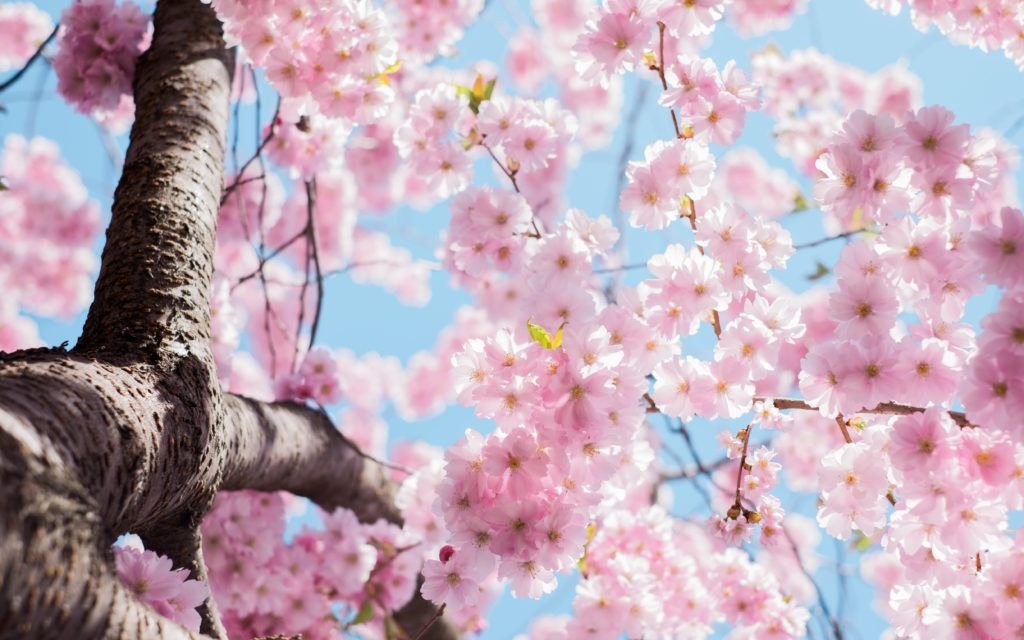Tea offers variety of paths towards detoxifying body into health

Glance at the 10-day weather forecast. If you celebrate spring weather, it’s time to pop the Champagne. The season has not yet officially arrived, and this being Boulder we understand more snow and cold and winter remains on tap. But for now, at least, spring is visiting.
This weekend even enjoys a concrete symbol of the season. On Sunday, we turn our clocks forward an hour for Daylight Savings Time.
Like you, we open our windows when breezy warmth first appears. In a way, welcoming nature back into our homes is a form of detoxification. House detox. Fresh jolts of Colorado air renews the rooms and hallways, the bedspreads and couch cushions, which grew stale after months of sealed windows.We feel the change in season calls for the more traditional kind of detoxification, too — that of the body. And certain teas serve as outstanding detox agents.

Antioxidants in Green Tea Powerful Detox Agents
Diet-oriented detoxification often revolves around antioxidants, which are natural compounds that inhibit oxidation. What’s the problem with oxidation? When it happens within a human body, it causes chain reactions that can damage cells. We prefer our cells stout and vital, rather than damaged.
Of all traditional Chinese teas, none contain as much antioxidant volume and density as green tea. From fragrant Bi Luo Chun in China’s Jiangsu Province to needle-like Xin Yang Mao Jian from the high mountains of the Henan Province to esteemed Gyokuro Superior from Japan’s Fukuoka Prefecture, green tea offers a bounty of healthy antioxidants.
But for a spectacle of detox power, explore Japan’s famous matcha tea, which is a bright green powder made from young tea leaves.
The key to matcha’s matchless antioxidant power comes from a farming technique that shades green tea meant for matcha for week prior to harvest. All of that shade boosts the chlorophyll and concentrates the antioxidants. The final result? Green tea that is 10 times more antioxidant rich than normal green tea.
One of the beautiful things about matcha is its powder form. It is delicious when brewed as tea, but because it is a powder it also is easy to add matcha to things like smoothies and yogurt, which provides antioxidant potency without the need for brewing.

Fermented Pu-Erh Tea Helps the Body With Digestion and Detox
Digestion stands as another hallmark of detoxification. People with healthy digestive systems are better at detox than those who suffer from digestive problems. Why? Because healthy digestive tracts move food efficiently through the body, giving it little time to stall, ferment and cause inflammation.
Enter pu-erh. The tea is fermented, which is unique among teas. And as fermentation is vital for healthy digestion, people widely rely upon pu-erh for digestion. In addition, practitioners of traditional Chinese medicine rely upon pu-erh to improve spleen and stomach function, and to cleanse the blood.
We carry a range of pu-erhs, including Go Yun Ripe pu-erh. Go Yun means “ancient atmosphere,” which refers to the ancient tea mountains in China’s Yunnan Province where this tea is grown, formed into cakes and fermented. It brews as an earthy, sweet brew. People around the world sip Go Yun for its health benefits, including helping to lower cholesterol, reducing blood lipids and detoxification.

Herbal Teas Relied Upon Worldwide For Healthy Detox
Traditional teas from Asia indeed offer myriad detox benefits. But for people interested in exploring the many paths towards detoxification, herbal teas offer a diversity of options.
We carry a wide variety of herbs, all of which guests can select and combine into their own custom tea blends. All herbs offer different health benefits. Eucalyptus leaf, for example, is renowned for its power to improve respiratory health. People use lavender and lemon balm to manage anxiety and stress. Marshmallow leaf is used to mitigate inflammation.
And then there is dandelion root, what many herbalists and naturopaths consider the most potent natural detoxification agent in the world.
All spring and into summer, we wander through our yards (if we are lucky to have yards) and pluck dandelions. We try to get to them before the blossoms evolve into delicate balls of seed, which disperse with the slightest puff of breeze.
Dandelion root studied by medical scientists
But herbalists harvest dandelion for the roots, which are absolutely packed with helpful properties for humans. Among other things, we carry our own bespoke tea that we call Organic DetoxiTea, a blend of dandelion root, honeybush, lapacho, lemon peel and cinnamon.
The liver is one area of interest for naturopaths and even the medical establishment. One 2017 study, for example, found that things called polysaccharides in dandelion may boost liver function. Other studies are examining dandelion for potential cancer-fighting properties. One 2011 study in Canada found that dandelion root extract kills melanoma cells without affecting non-cancerous cells. Another study showed it demonstrated the same cell-killing power with pancreatic cancer cells.
It’s commonly used to aid digestion, and the belief is that by increasing the production of bile, dandelion root helps the body with digestion.
Spring isn’t here, but it sure is teasing us. Just as spring persuades us to essentially detox our houses, we think it’s time to begin exploring tea for personal detoxification.

